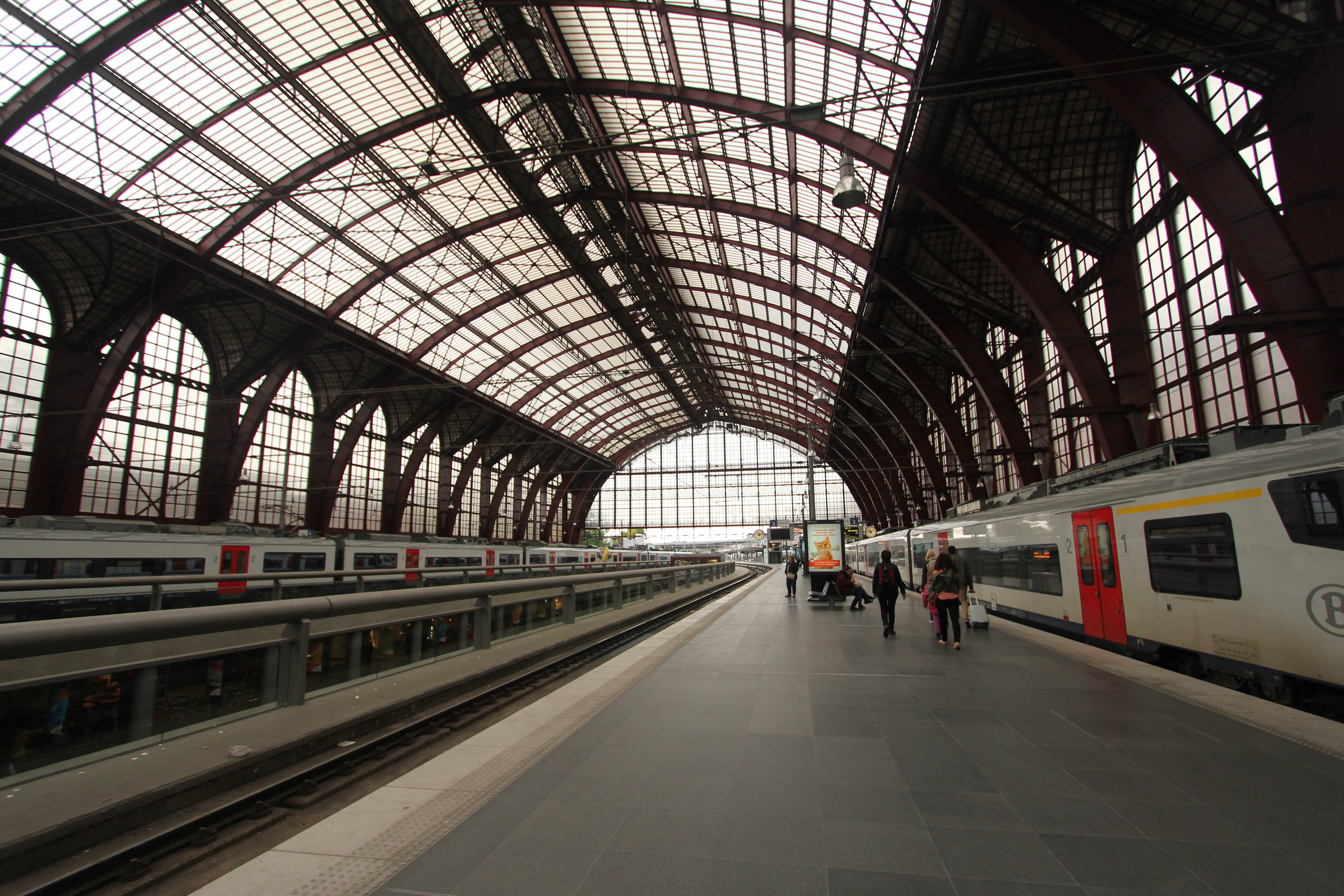The Challenge of Embracing Europe's Rail Network
Europe’s rail network is often presented as the ideal mode of transportation for traversing the continent. With its potential to offer sustainable, scenic, and efficient travel, it stands as a cornerstone of the EU’s environmental goals. Yet, for many travelers, the reality of navigating Europe’s trains is a frustrating paradox: a labyrinth of complexity and costliness that undermines its appeal.
The promise of rail travel in Europe is alluring. Trains connect historic city centers, bypassing the hassle of distant airports and the tedious rituals of security checks. The experience is often romanticized as a leisurely journey through rolling countrysides and bustling metropolises. However, when one attempts to book a simple trip, the dream begins to unravel. Unlike budget airlines with centralized booking platforms, the rail system is a patchwork of national operators, each with its own website, ticketing rules, and pricing structures. What should be a straightforward process often becomes a scavenger hunt, comparing offers across multiple sites and deciphering terms like “super-saver fares” or “flexi-tickets.”
Cost is another significant deterrent. Despite its eco-friendly image, train travel in Europe frequently costs more than flying. A last-minute ticket for a high-speed train can rival the price of a short-haul flight, while budget airlines continue to lure travelers with ultra-cheap fares. The high cost is attributed to several factors: the investment in maintaining extensive rail infrastructure, the premium placed on high-speed services, and varying subsidies from national governments. This pricing structure contradicts the EU’s ambition to shift more travelers from air to rail in a bid to reduce carbon emissions.
Moreover, the pricing lacks consistency. A ticket from Paris to Berlin can differ wildly depending on whether it’s booked weeks in advance or purchased on the day of travel. Such volatility leaves tourists and even seasoned travelers baffled. To make matters worse, the lack of a unified ticketing system for cross-border journeys adds layers of complication. Passengers often need to piece together separate tickets for a single trip, which increases the risk of missed connections and higher costs.
Despite these hurdles, Europe remains committed to promoting train travel. New initiatives aim to address these challenges, such as plans for a single digital platform to book international rail journeys and increased investment in high-speed networks. Programs like the EU’s Green Deal also seek to make train travel more competitive by subsidizing tickets and developing night train services. However, until these reforms are fully realized, the perception of rail travel as a cumbersome and costly option will persist.
For rail to truly thrive in Europe, it needs to simplify the user experience and offer competitive pricing. Travelers should feel that choosing the train is not just an ethical decision but a practical and enjoyable one. Only then will Europe’s dream of becoming a rail-powered continent come closer to reality.
